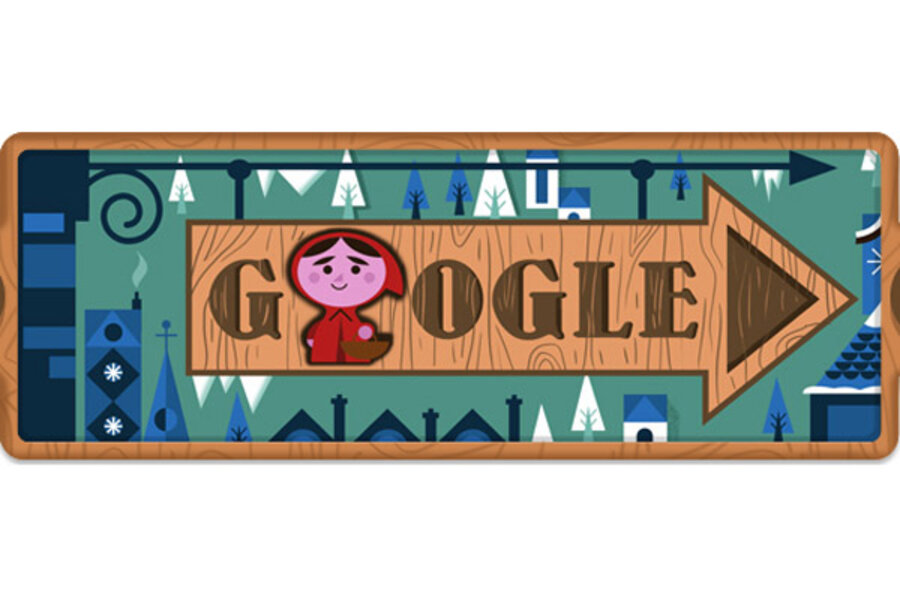Brothers Grimm saved classic fairy tales by changing them forever
Loading...
There's a certain irony to "Grimm's Fairy Tales." Two-hundred years ago today, Jacob Grimm and his younger brother Wilhelm published a collection of folk tales. The Grimms didn't write these stories; they collected tales that had been handed down from generation to generation. The Brothers Grimm worried that industrialization would erase these classics from memory. So they set out to protect these ancient tales.
However, in preserving this rich tradition, the Brothers Grimms changed the stories forever.
Many readers would be shocked to look at the first-edition stories of Rapunzel, The Frog Prince, Hansel and Gretel, Cinderella, Little Red Riding Hood, Sleeping Beauty, or Snow White. Their plots have changed a lot over the years.
Disney sanitized them, scrubbing away the unsavory parts. Hollywood further reworked them with the recent Kristen Stewart film "Snow White and The Huntsman," the animated movie "Tangled," and Matt Damon's "The Brothers Grimm." ABC and NBC borrowed from the brothers with last year's TV series "Grimm" and "Once Upon A Time." Author Philip Pullman completely rewrote the stories in his new book, "Fairy Tales from the Brothers Grimm."
In fact, even Jacob and Wilhelm changed the fairy tales from one edition to another.
Even though the Grimms's collection was originally titled "Children's and Household Tales," the book was not written for kids. The brothers imagined their "Fairy Tails" as an academic anthology. It was the work of scholars, compiled by and for serious adults. However, as the books became more popular, the Grimms faced harsh criticism. Parents found the stories far too dark. Churches thought they were not Christian enough.
So, the Brothers Grimm started editing.
The wicked mothers of Snow White and Hansel and Gretel turned into wicked stepmothers.
They stripped out sexual references, such as in Rapunzel. In the original "Grimm" version, an evil witch holds Rapunzel captive in a tower. One day, a prince visits her in secret. He later escapes without alerting the witch, but Rapunzel spills the beans. How? She innocently asks why her dress doesn't fit anymore. For some reason, it's now too tight around the belly. It didn't take long for the witch to realize that Rapunzel was now pregnant. In later editions, the Brother Grimm took out this and other references to premarital sex.
As prurient material came out, some of the violence actually intensified – especially the punishments for sinful villains.
The third Grimm brother, Emil, added Christian symbols into the illustrations. For example, Little Red Riding Hood's grandmother soon had a Bible on her bedside table.
The brothers published 17 different editions between 1812 and 1864 – plenty of time to "correct" these tales.
In a way, it's fitting that everyone from Disney to Mr. Pullman has reworked "Grimm's Fairy Tales." The Grimms gathered their stories from European oral tradition. The whole reason that the Brothers Grimm wanted to preserve these stories was because they'd been passed down over so many generations – and no doubt tweaked, embellished, and censored along the way.
As the "Fairy Tales" grew more conservative, they also became more popular. Parents finally felt comfortable reading them to kids, giving these traditional tales new momentum. Now, 200 years later, we still know the story of Rapunzel, Cinderella, and Snow White – even if some of the details disappeared into history.
It leads one to wonder: If Jacob and Wilhelm had not redacted their stories, would we still know about them today?
For more on how technology intersects daily life, follow Chris on Twitter @venturenaut.





